

Tower and Town, July 2018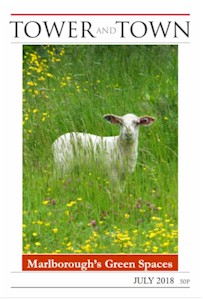 (view the full edition) (view the full edition)The Town's Riverside (1)The town centre riverside loops between the old Rope Walk in the Parade, through Kennet Place and Cooper’s Meadow, past the Old Boathouse (now the Mustard Seed), between the car park and the Priory Gardens, until it disappears between houses in River Park and George Lane on its way to Treacle Bolly. In more utilitarian days, most of this was industrial – corn was ground at the Town Mill where there is now housing, animals bred for local butchering grazed the meadows, and small businesses populated the many yards which ran between the High St. and the river. Maurice and Rosemary Cooper (whose family owned and worked the meadows) remembers this period well: 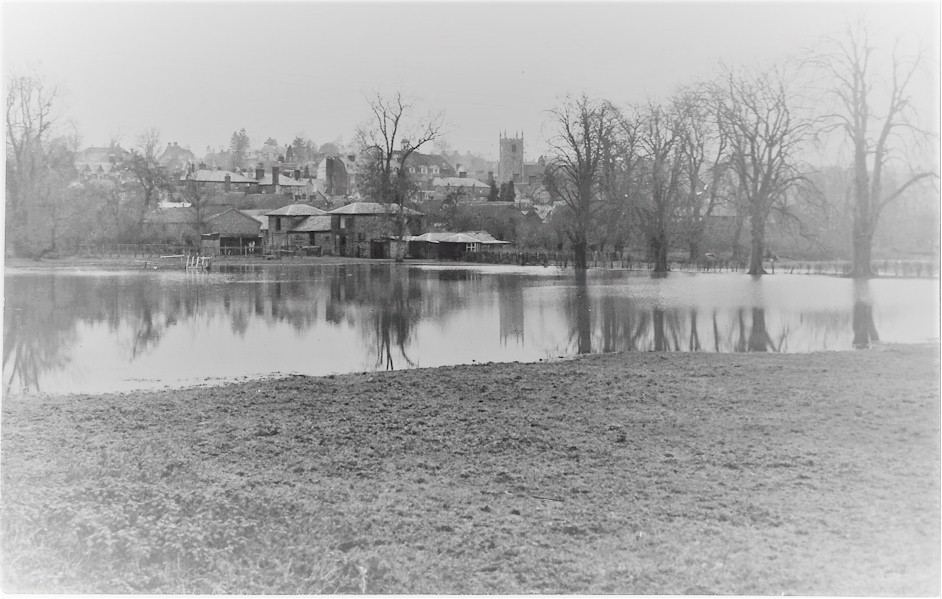 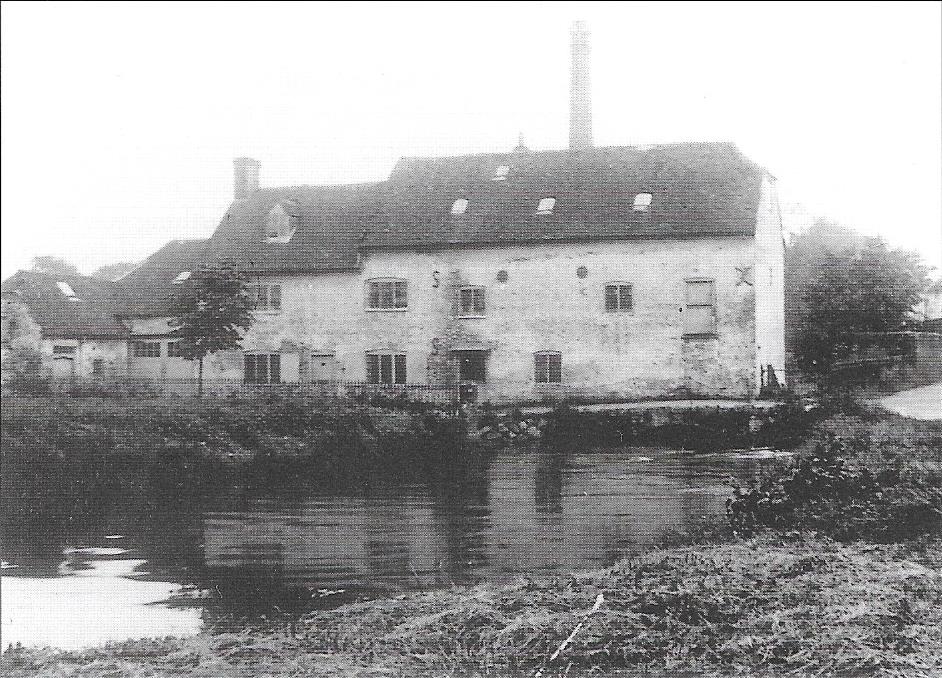 Cooper’s Meadow was originally one of three meadows on this site, the others being where the houses are in George Lane and Skurray’s Garage and the public car park. They were managed by my grandfather/my father and my uncle in the traditional water meadow way. The meadow would be floated (flooded) in the winter for about three weeks. This would enable their sheep and cattle to get an early bite; this meant that they could graze in April for about three to four weeks, which is earlier than a traditional meadow. My grandfather would often walk cattle from Savernake market through the forest and then graze in the field to be fattened up before going to our slaughterhouse in Angel Yard. The carcasses were then butchered or sold on Cooper’s butcher’s shop Number 7 Kingsbury St (now a restaurant) and then at larger premises in numbers 1 and 2 The Parade. 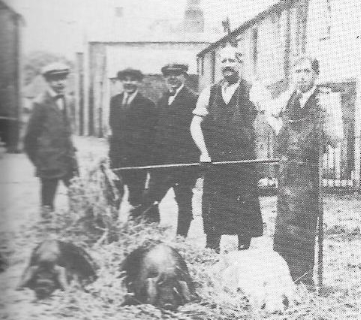
The entrance to Cooper’s Meadow was down Chestnut Drive, which was at the side of the little lodge on George Lane. This then led to a stable block, a granary and barn which were obviously used by the family. Hay could be grown throughout the summer and if hay was made, sometimes my grandfather let the grasses and flowers seed before cutting so that the meadow was reseeded the natural way. In 1987 when the field was handed over to Kennet District Council members of the Town Council and friends transferred some of the wild flower plants from the play area to the eastern end of the field so the tradition could continue. In late summer the meadows were once again flooded to encourage a fresh flush of grass. Then a few days before the sheep fair on the Common, sheep were brought to town and kept in pens in the meadow before being walked up Herd St to be sold. After the sale, some would be returned to the meadow to be collected. When transferring the plants in 1987 under the guidance of a water meadow expert we were informed of why the trees were there. Sadly not all were there for purely scientific reasons. When I was about seven or eight years of age I was playing cowboys and Indians in the field. My mother said we could not have supper until we tidied up the sticks we were playing with. We stuck them in the ground and some of them are still growing! Even the expert could see the funny side of the story. Transformation, thanks to ARK and to the residents of Kennet Place As the industry disappeared, the riverside was left in a neglected and environmentally degraded state which required a huge effort of transformation by professionals and volunteers to produce today’s stunning river frontage where dogwalkers, students, young families, backpackers, solitary readers enjoying a sunny bench and duck feeders (strictly forbidden) mingle during daylight hours from 6 o’clock to 10 pm. The major work was undertaken by Action for the River Kennet (ARK) between 2009 and 2012. 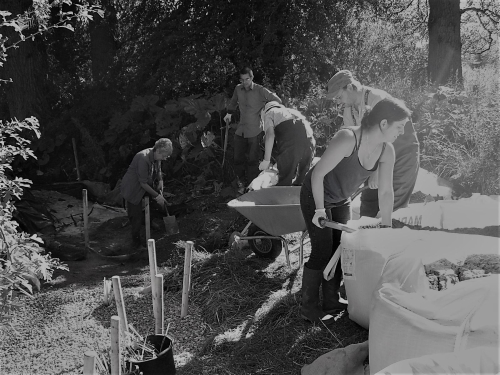
Maurice and Rosemary Cooper |